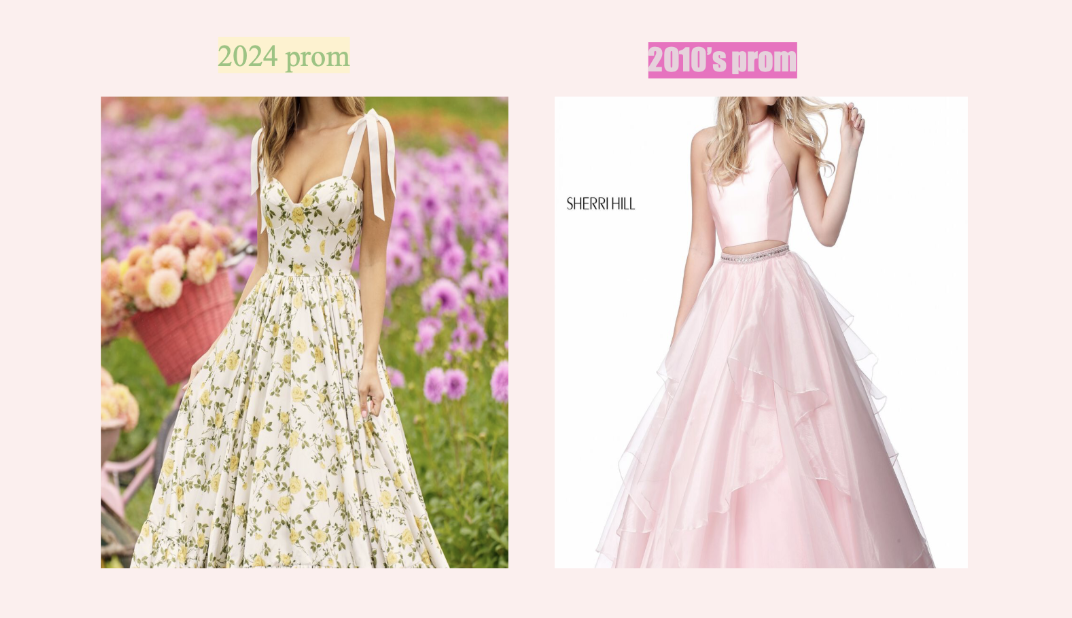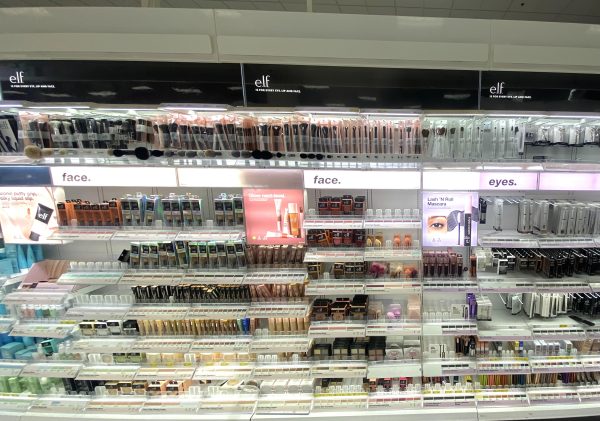Barbie’s new body types and skin tones help break unrealistic beauty standards
Since Barbie’s release in 1959, she has been a role model for girls around the country. However, her appearance has been an issue that is now finally being addressed.

Since their release in 1959, Barbie dolls have dominated the toy doll market. Children all across the world grew up with Barbie teaching them that women can succeed in any profession. However, not everyone has seen Barbie as a positive role model. With unnatural body proportions, Barbie has been the center of many controversies questioning whether or not Barbie subjects children to unrealistic standards of beauty.
However, Barbie has come a long way since its beginning. The first Barbie doll was sold with only two options: blond or brunette. The doll wore a black and white striped, one piece swimsuit and her hair was in a high ponytail. The doll was tall and thin, with a skinny waist and long legs. In 2016, Mattel, Inc. will release a multitude of new dolls. This change will include four new body types, twenty two new eye colors, twenty four hairstyles, and seven skin tones. This introduction has been dubbed “The Evolution of Barbie.” Barbie will no longer be the white, blond-haired, blue-eyed doll she once was.

This change is monumental in the world of children’s toys. Children have always looked up to Barbie as a role model, and she has deserved that attention. Barbie has had careers in many fields including education, medicine, military, politics, STEM, arts, business, and more. Barbie has also had jobs that are not typically seen as feminine. This summer Mattel, Inc. will be putting out a game developer Barbie. Video games are usually seen as male entertainment, so Barbie being involved in the production of them helps break down the stigma surrounding females in male-dominated industries. Barbie has always been a positive influence when it come to teaching kids that anyone can have any job.
These new Barbies do even more to further their inclusive, feminist lesson. The four new body types, curvy, tall, petite, and original, teach body positivity and help to counteract the unattainable standards Barbie seemed to promote. The curvy Barbie will give hope to children who only see thin women in the media. It will give young girls who look like the curvy Barbie more self-confidence. These new body types give children a chance to see a doll that looks more like them, and can help to give confidence to anyone who was comparing themselves to the original Barbie doll.

The new hairstyles and eye colors also help to dispel the image Barbie gave of what the perfect woman looks like. Barbie no longer perpetuates the blond-haired, blue-eyed, aryan ideal image that every woman should aspire to. Some of these new hairstyles include curlier and more natural hair for people of color.
The variety in skin colors is perhaps the most significant positive change to come out of “The Evolution of Barbie.” This isn’t the first time Mattel has released a black doll in the Barbie family, that happened in the 1960s in response to the civil rights movement. It also isn’t the first time Barbie herself has been black, that happened in 1980. However, the new skin tones represent a larger number of the population as well as widening the standards of beauty they set.
The new body shapes and skin tones Barbie has will help set a new norm of representation in children’s toys and media. Children look up to those around them and are easily influenced by what they are told is beautiful, and the new Barbies will give the kids who play with them more and better role models.
















































